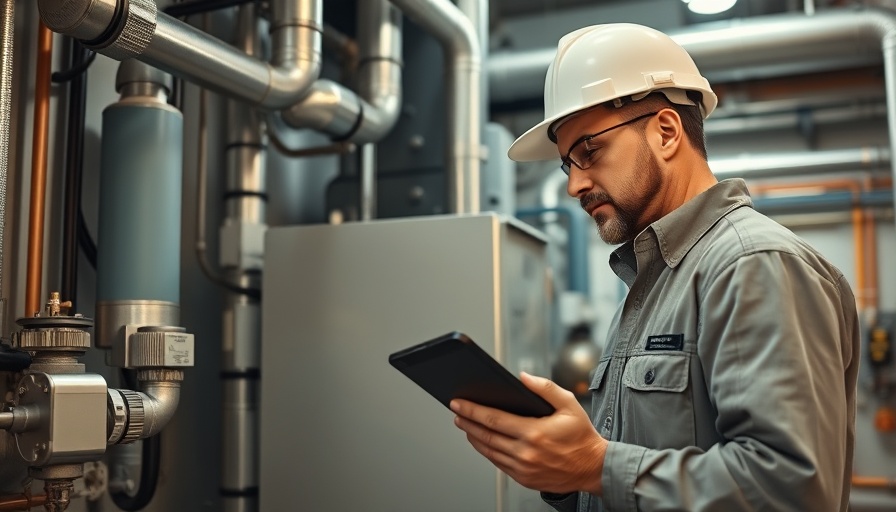
Understanding the Decline in Residential HVAC Sales
The HVAC industry is facing a stark downturn as residential shipments and sales tumble. This trend signals broader economic challenges that could have lasting impacts on homeowners, contractors, and the overall market. With the demand for heating and cooling units dropping significantly, understanding the underlying factors is crucial.
Economic Factors: The Driving Force Behind the Decline
One of the primary factors contributing to the fall in HVAC sales is the rising interest rates, which have led to a slowdown in new home constructions and renovations. Many potential buyers are hesitating to invest in new systems, creating a ripple effect felt throughout the industry. Experts have noted that this dip may be reflective of broader economic uncertainties that are making consumers more cautious with their spending.
Implications for Homeowners and Contractors
As sales plummet, homeowners looking to upgrade or replace HVAC systems may find that there are fewer options available on the market, and prices could be affected. Meanwhile, contractors who rely heavily on HVAC sales for their livelihoods are experiencing significant challenges. They must adapt quickly to these market conditions or risk losing business to increasing competition and downturns in demand.
Past Trends and Future Predictions
The HVAC industry has seen its fair share of ups and downs. For instance, in previous years, sales soared during milder climates when repairs and upgrades were in high demand. However, the current downturn calls into question whether those trends will continue. Analysts are cautiously predicting that if interest rates stabilize and economic conditions improve, there could be an uptick in sales. Factors like seasonal changes and government incentives for energy-efficient units could also revive demand.
Innovations in HVAC Technology: A Silver Lining
Despite the current challenges, innovation within the HVAC sector could provide much-needed momentum. Newer models, which are more energy-efficient and environmentally friendly, are being developed to meet customer demands and regulatory standards. The push for sustainable technology might entice consumers back into the market, allowing for a potential recovery in the near future.
Conclusion: Navigating the HVAC Landscape
As we reflect on the falling HVAC sales and shipments, it’s essential for industry players to stay informed and versatile. Homeowners are encouraged to consider maintenance and energy efficiency, while contractors must explore diversifying their services to remain competitive in a tighter market. The landscape may seem daunting now, but learning from trends and adapting quickly can pave the way for future success.
 Add Row
Add Row  Add
Add 




Write A Comment